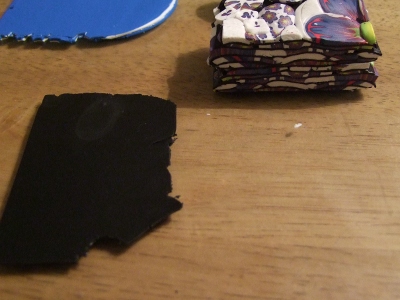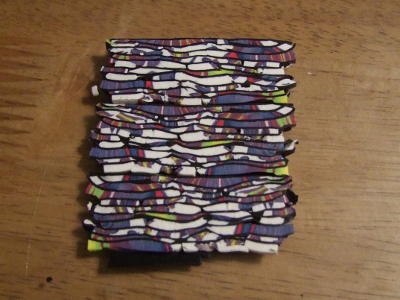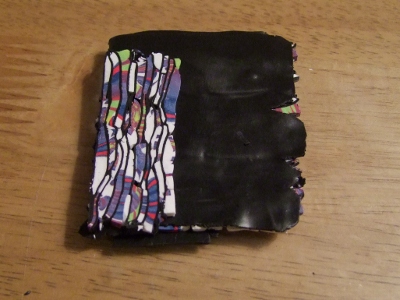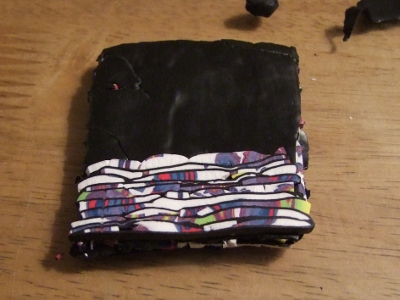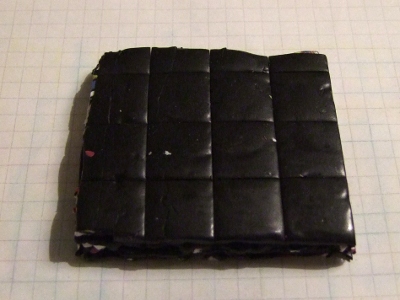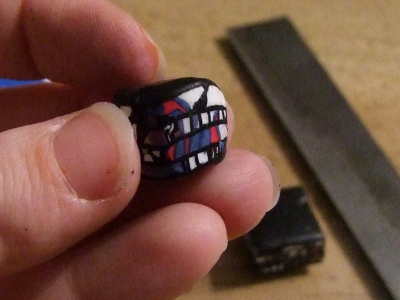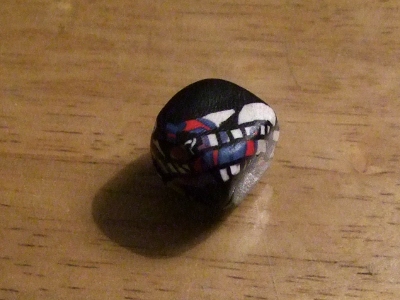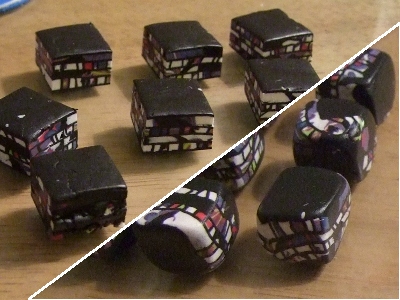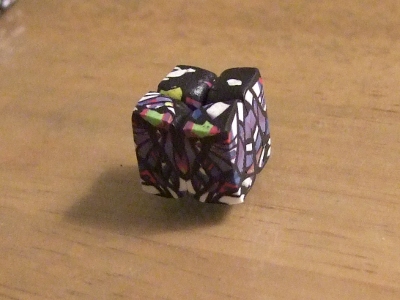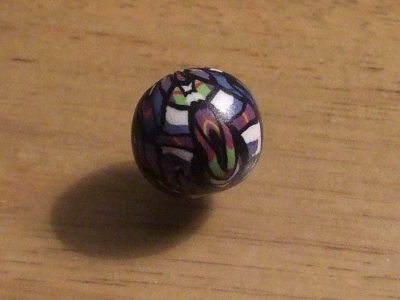DRAGONFLY TUTORIAL
What a lovely week!
I really enjoyed filming my second
CREATE and CRAFT TV programme,
meeting the lovely, talented Dawn Bibby and
making all the samples using beautiful
materials from BEADS DIRECT!
I hope everyone has now got themselves
a WHAMMER and is finding
the benefits of using a hammer that is
totally and utterly designed to get the
best results out of wire!
As always with these programmes, there is
never enough time to showcase all the demos
I prepared and I was rushed to finish my
Dragonfly ... so, to make amends, here is a
step by step version.
1. Cut approx. 8"
20cm of 0.8mm
(20-gauge) wire and
place your round
nosed pliers about
a third along and
bend in two.
Pick out 4 crystal
beads for the
'body' plus one
slightly larger
bead for the 'head'.
2. Thread one of the 'body' beads onto
the shorter length and wrap the longer
wire around the side of the bead and
once around the top to keep it in place.
3. Add 3 more beads in the same way,
but after the 4th bead, wrap the wire
4 times around the stem (as more space
is needed here to secure the 'wings').
but after the 4th bead, wrap the wire
4 times around the stem (as more space
is needed here to secure the 'wings').
5. Pull the projecting wires out into a
'V' shape and form into spirals to create
the 'antennae'. Use your Whammer
and block to flatten and work harden
the ends.
6. To make the wings: cut approx. 12" (31cm) of
0.8mm (20-gauge) wire and wrap the centre of the
length once around the body stem, just under the 'head'
bead to secure.
7. Place your round nosed pliers (or any circular mandrel,
such as pencil) approx. 1.5" (3.5cm) from the centre
stem and loop around to create the top wing. Wrap the
wire once around the centre to secure.
8. Using the rest of the projecting wire, create the
remaining top and bottom wings. I made the lower
wings slightly smaller than the top ones.
9. Secure the ends of the wires by wrapping once
around, just under the top bead and any remaining
wire can be spiralled and flattened down to cover
the wraps underneath.
10. You can Whammer hammer the wings BEFORE
wire wrapping them all with 0.4mm wire.
... And here, for your delectation, is the finished piece
with a bit more tweaking on the wire-wrapped wings!
In my book, 'Making Beautiful Bead and Wire Jewellery'
(page 110-113) I created the dragonflies as hair grip
decorations and used 0.5mm coloured wires, plus a
few sparkly beads to decorate the wings.
I have also created them as necklace pendants.
These wings were shaped around a pen and are
chunkier, making the piece look part butterfly.
I think I will call this a "Buttdragfly", or perhaps
a "Dragbuttfly". No! Maybe not!!
They are great motifs to put onto greetings cards, hair
fascinators, cake decorations, bouquet embellishments,
plant sticks ....
HAVE FUN CREATING YOUR OWN!
Happy Wireworking! and catch me again on
CREATE and CRAFT TV on Saturday 30th August
and again on 6th September (I've got Coiling Gizmo and
Jig inspiration coming up ...).















